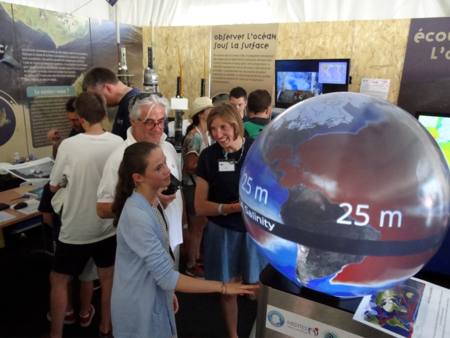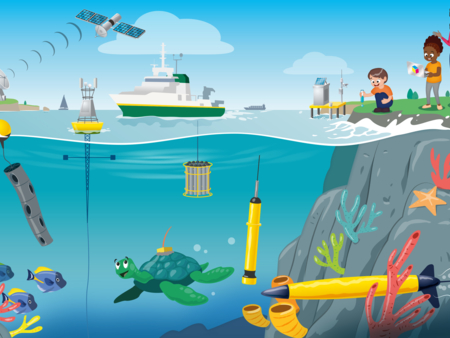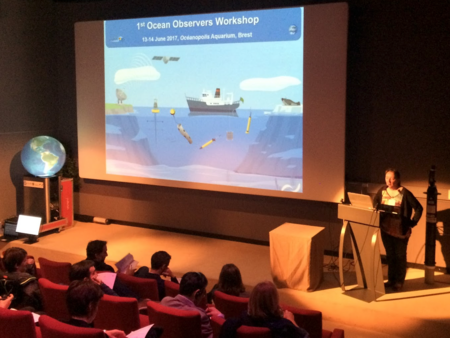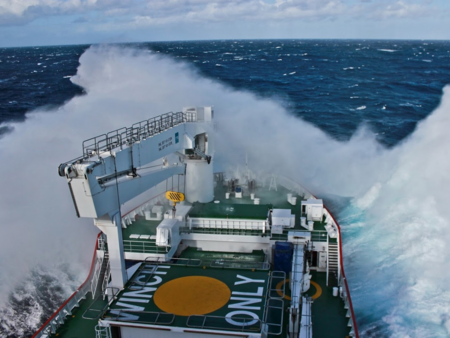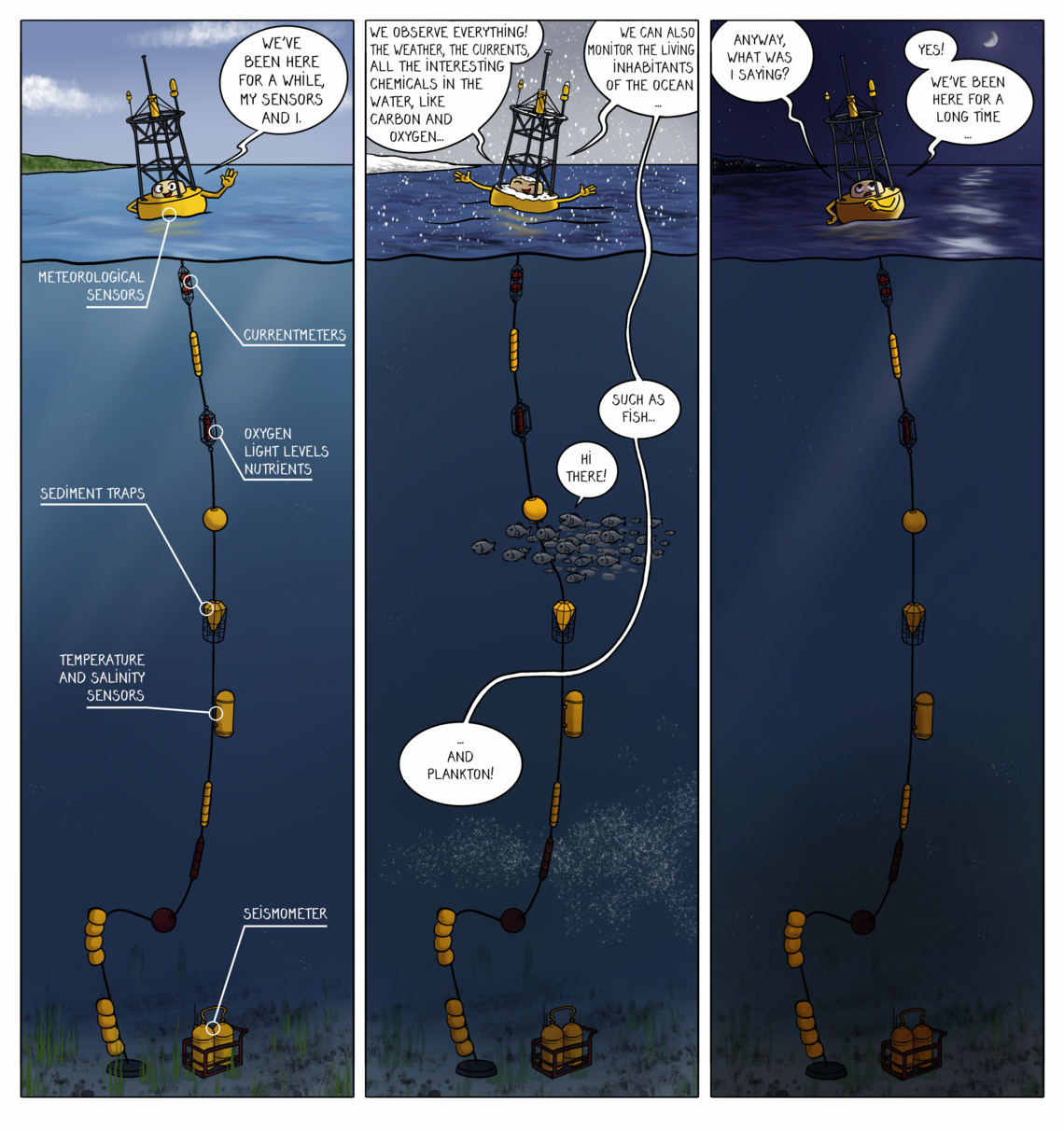Long-term time series sites - OceanSITES
What are long-term time series sites?
Long-term series sites are a worldwide system of long-term, open-water reference stations (or moorings) monitoring everything about the ocean, from the surface down to the seafloor.
This network of sites and moorings measure many aspects of the ocean's surface and water column.
How do they work?
Time series sites offer stable platforms on which scientists can install a wide range of instruments.
These moorings are anchored to the sea floor and stay in place for a year or more between maintenance visits. During that time, their instruments collect and store a large volume of observations.
Some moorings can transmit observations to shore via satellites, others record their observations inside the instruments’ memory.
What kind of ocean observations are collected?
Long-term sites are very varied and collect a wide range of information. Long-term time series are useful to understand subtle trends in the ocean and distinguish natural patterns in the ocean from real changes.
Meteorology
- Precipitation
- Wind speed and direction
- Air and sea-surface temperature
- Humidity
- Pressure
- Solar and infrared radiation
- Surface waves
Physical oceanography
- Current speed and direction
- Water temperature
- Salinity
Carbon cycle
- Carbon dioxide pressure in air and water
Transport of water
- Volume of open ocean
- Currents
Climate
- Air-sea freshwater exchange
- Air-sea heat exchange
- Air-sea gas exchange
- Wind stress
Biogeochemistry
- Nutrients
- Organic sediments
- Dissolved inorganic carbon
- Oxygen
- Chlorophyll
- Acidity (pH)
Biology
- Phytoplankton
- Zooplankton
- Fish stocks
- Ambient noise
Geophysics
- Seismic movements
- Magnetism
Salinity measures how much salt is present in the sea water.
In the ocean, the water produces a certain amount of force on every object or living being inside it. It comes from the weight of water above and is called pressure. The deeper you go, the more water there is above you, the higher the pressure. Atmospheric pressure is the air pressure in a specific location. Low air pressure is called a depression and usually comes with rain.
Plankton include very small animals, called zooplankton, and plants, called phytoplankton, that live in water and can’t outswim the current.
What are the observations helping with?
Here are some examples of how the information gathered can be used.
Climate change
The observations collected are valuable for climate studies and climate change prediction. For example, they help track ocean heat storage, provide insights on sea level rise and monitor ocean carbon storage.
The ocean stores a lot of carbon, by absorbing atmospheric CO2 and dissolving it. Monitoring its carbon content is crucial to measure how much it can hold, and for how long.
Ocean health
The times series sites have several applications useful to monitor ocean health. For example, they track plankton growth. Plankton are the first species in the food chain, they are therefore essential for a healthy ecosystem. These moorings also provide information about fish stocks, valuable to commercial fisheries and scientists both.
Where can we find it?
Time series sites belonging to OceanSITES stations are fixed points. We can find them in every ocean, in key locations.
OceanSITES key numbers
- Number of instruments: 60 on surface, 200 subsurface
- Typical record length: 5 years
- Number of countries involved: 18
- Starting year: 1999
Learn more about the project
The first open-ocean time series sites network was set up just after World War II. Other networks were added in the following decades, collecting more and more information, such as sediment trapping. The current OceanSITES program began in 1999.
If you want to learn more about this program, visit the OceanSITES website.

